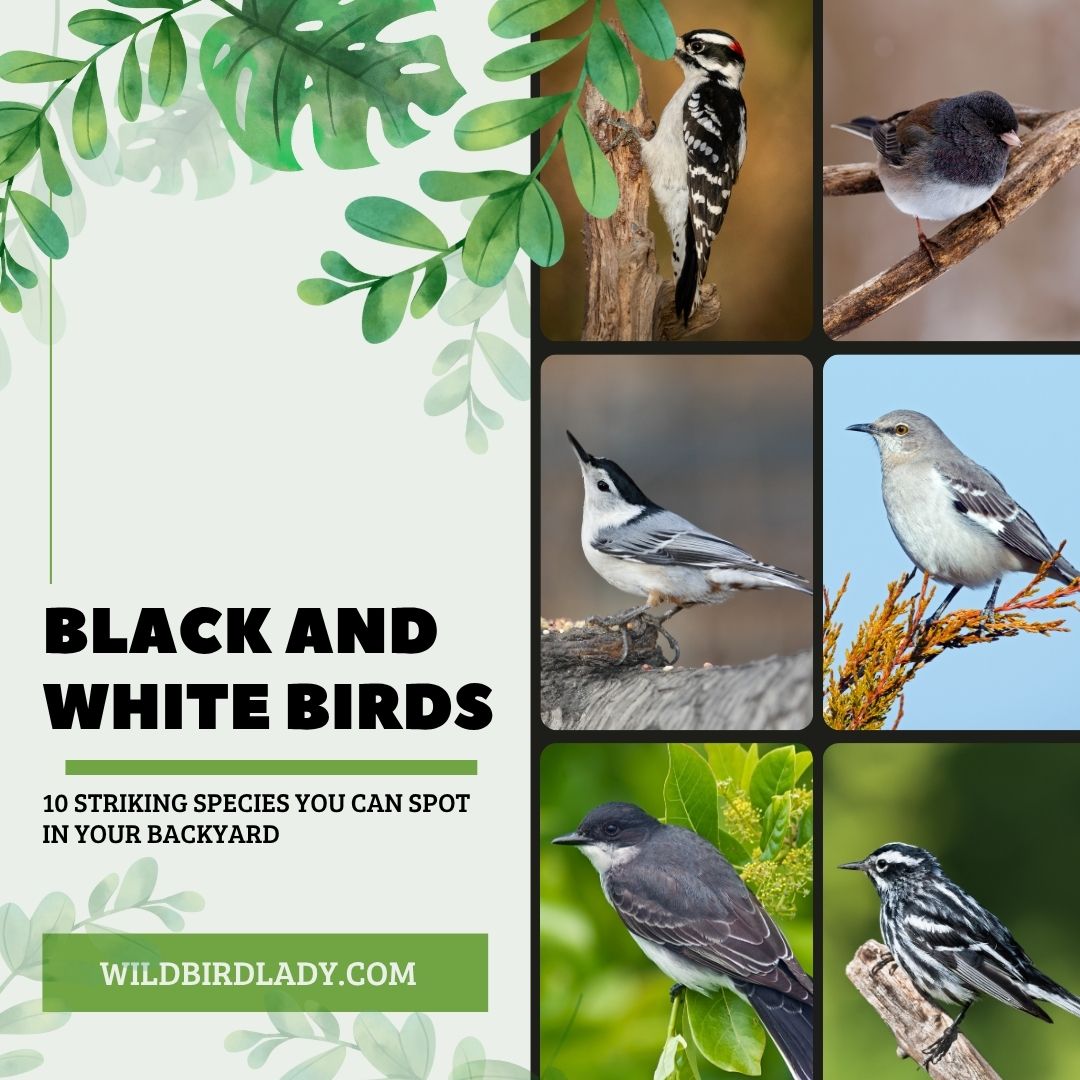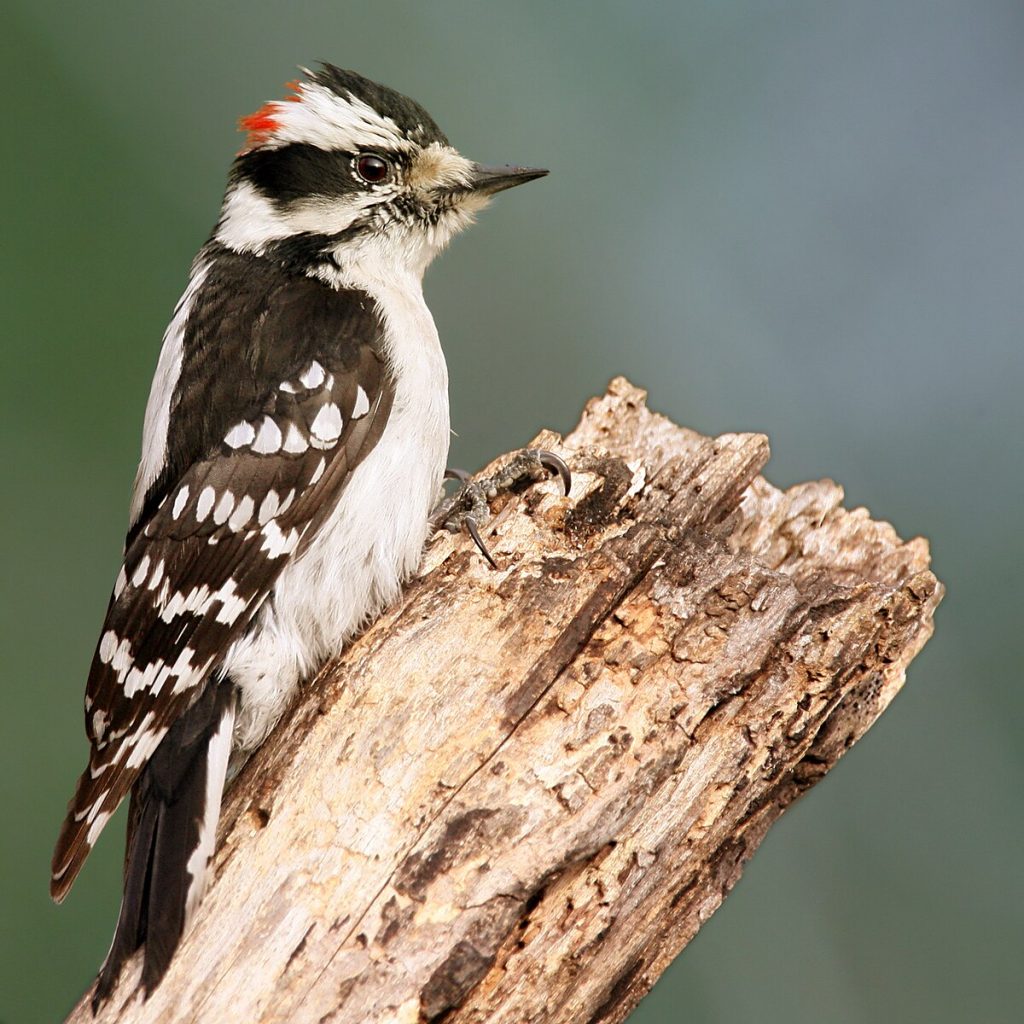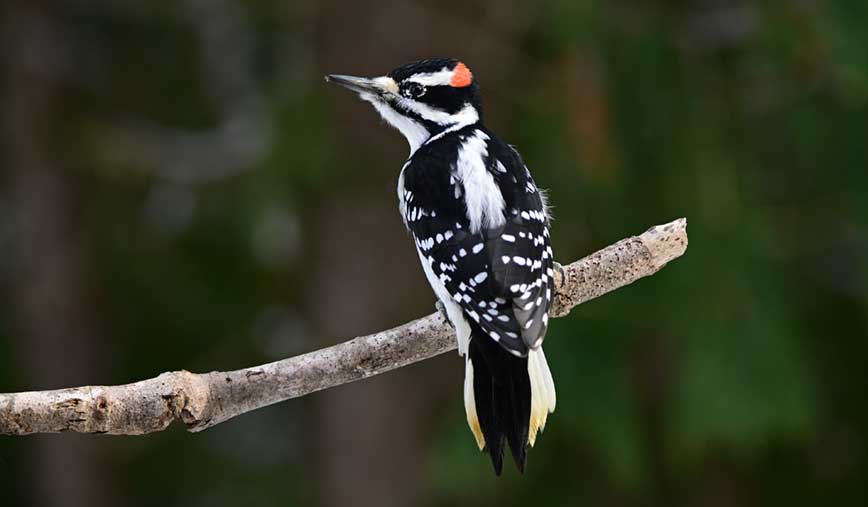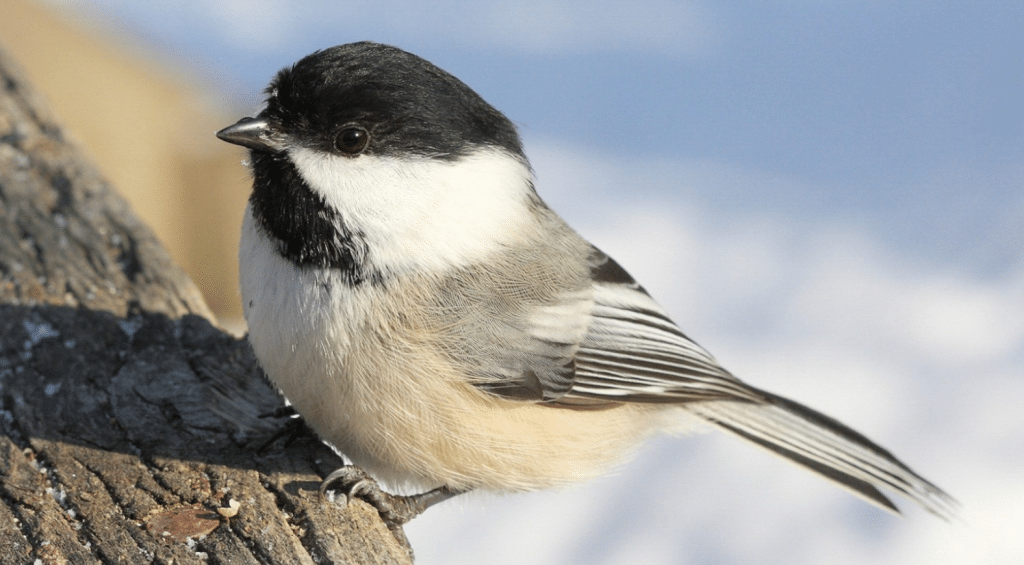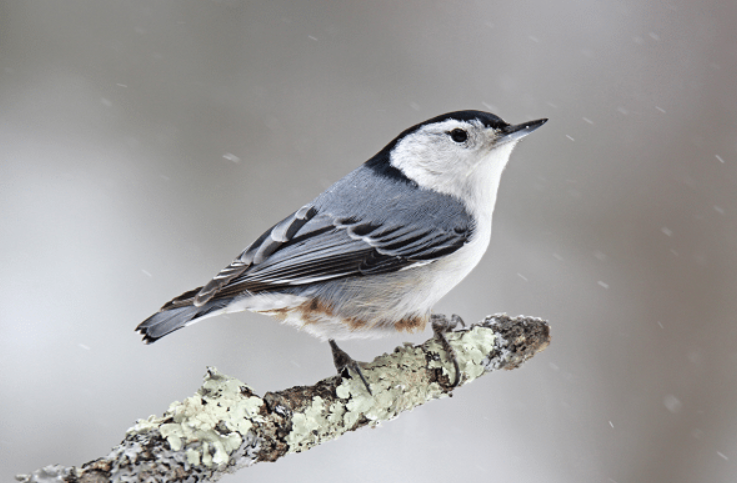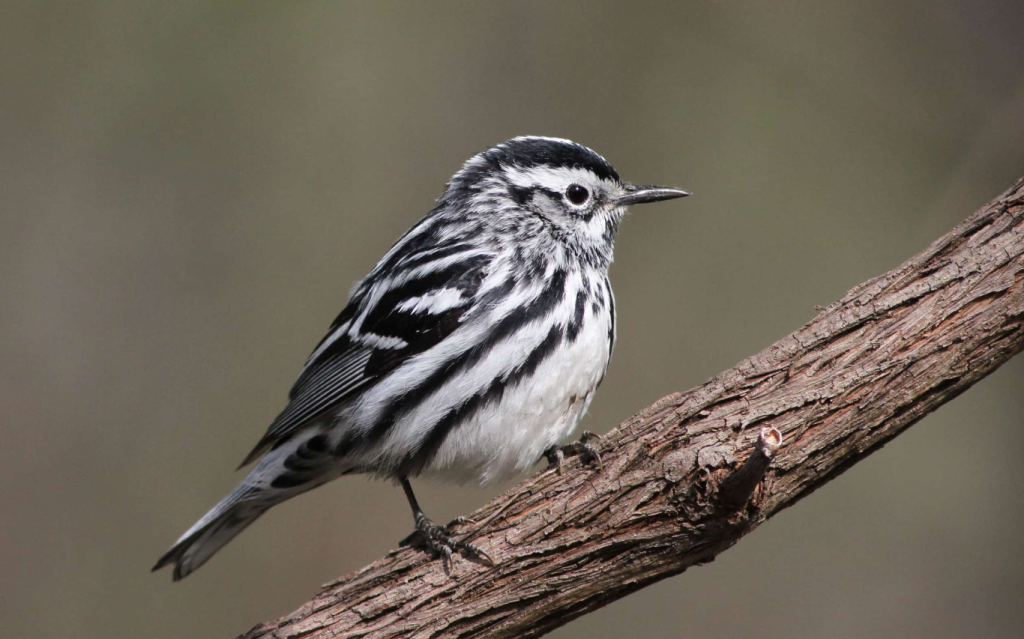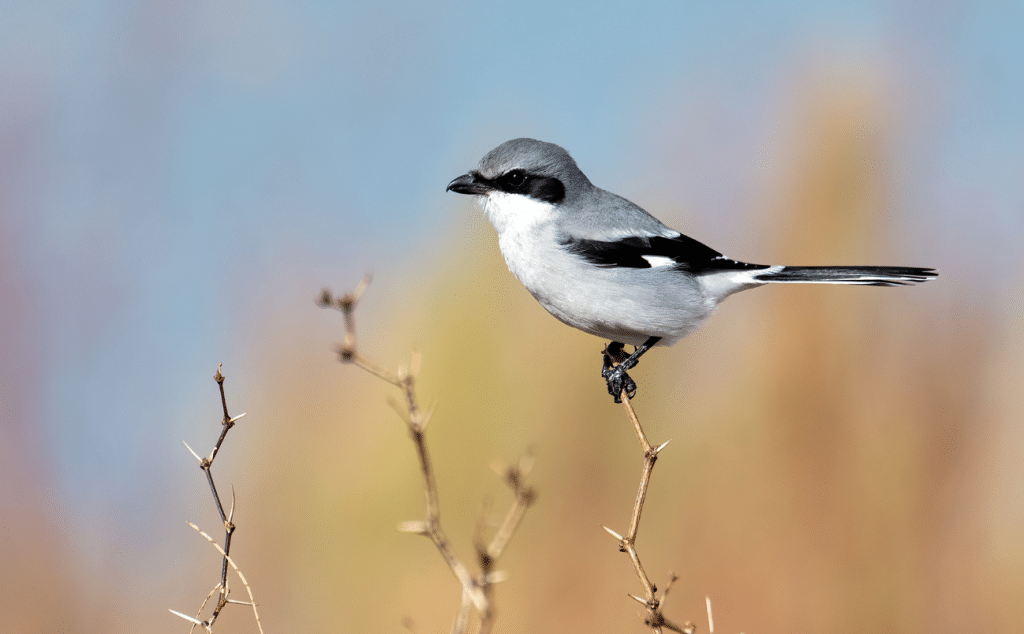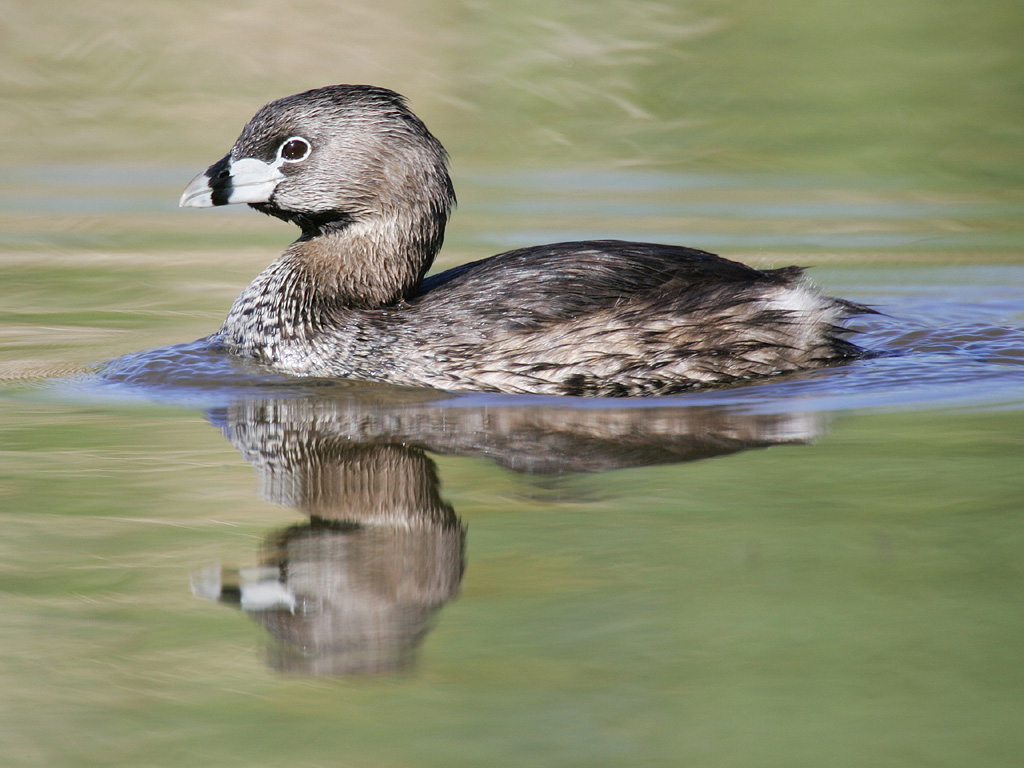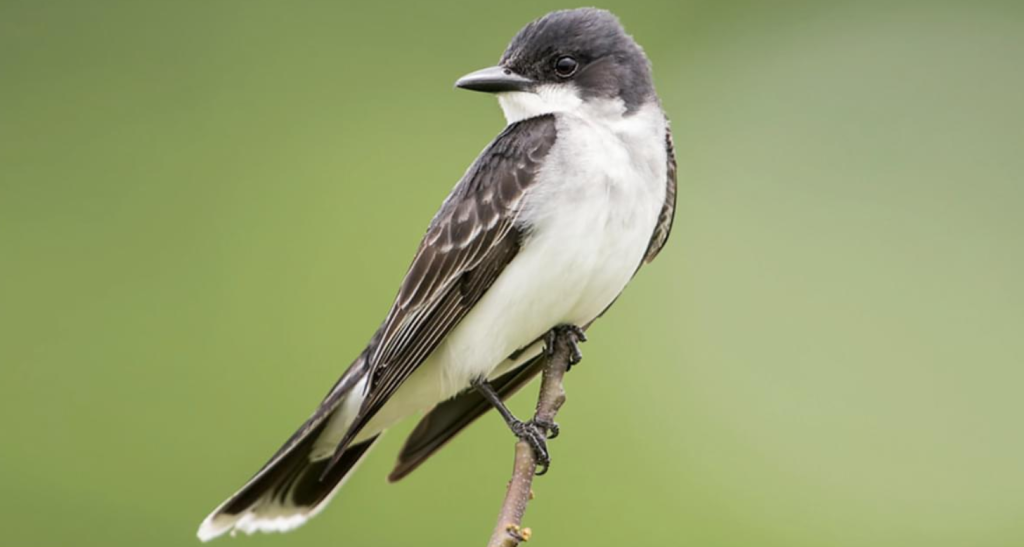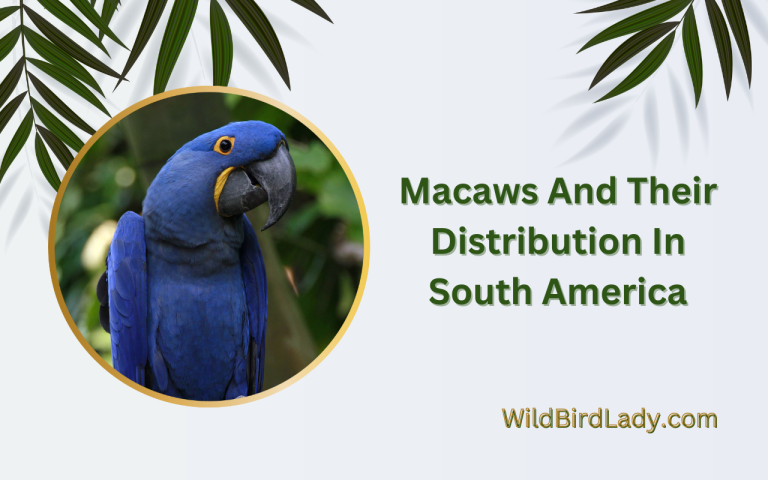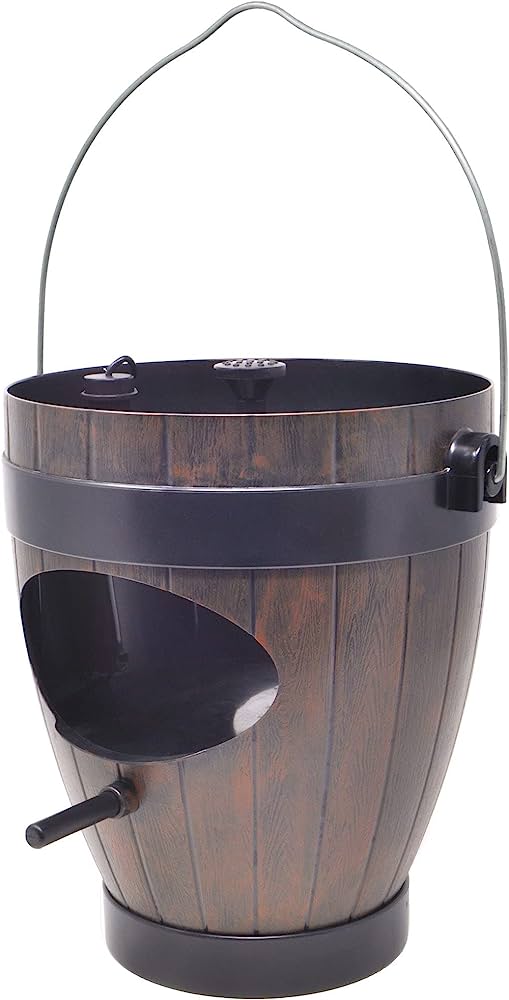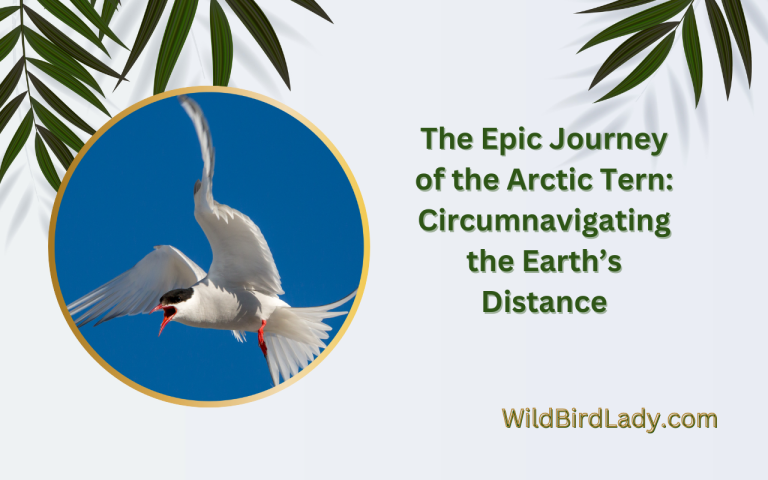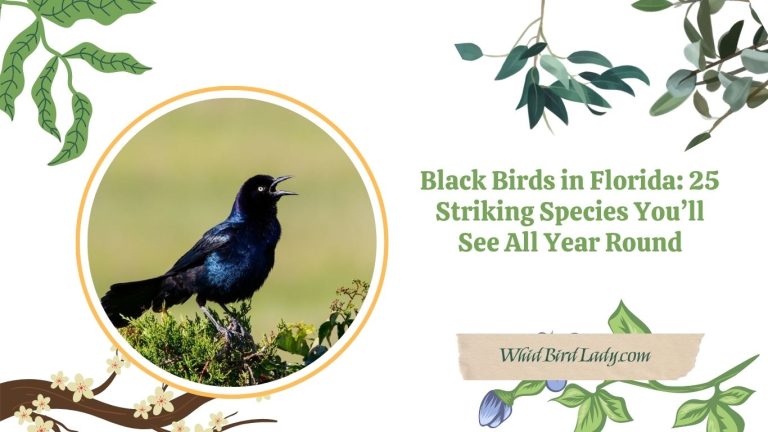Black and White Birds: 10 Striking Species You Can Spot in Your Backyard
By Rifat Ahmed — Birdwatching enthusiast with 13+ years of experience studying North American backyard birds
There’s something timeless and captivating about black and white birds.
Over the past 13 years, I’ve spent thousands of hours with my binoculars pointed skyward, my camera ready, and my notebook open. And among all the vibrant blue jays and ruby-throated hummingbirds I’ve seen, it’s often the black and white birds that stop me in my tracks.
Maybe it’s the elegance of their contrast—how they cut through the green foliage like brushstrokes of ink on paper. Or maybe it’s their personalities: bold, clever, persistent. These birds aren’t just pretty—they’re fascinating to observe, easy to identify, and more common than you think.
Let me walk you through 10 of the most frequently spotted black and white birds in North America, especially around backyards, based on years of notes, photographs, and the joyful chaos of early morning birdwatching.
Top 10 Most Common Black and White Birds in North American Backyards
1. Downy Woodpecker (Dryobates pubescens)
Average Size: 5.5–6.7 inches
Wingspan: 9.8–11.8 inches
Range: Year-round across most of the U.S. and southern Canada
My Experience:
If you hang a suet feeder in your yard during winter, I can almost guarantee you’ll get a visit from a Downy. I first spotted one in my Wisconsin backyard back in 2011, clinging to a pine tree, rhythmically tapping. It was love at first peck.
Their plumage is beautiful—black wings with white spots, a clean white belly, and a little splash of red on the male’s head. They’re surprisingly unafraid of humans.
From experience: Downy Woodpeckers are key indicators of healthy woodlands. Their short bills are adapted for softer woods and thin branches.
2. Hairy Woodpecker (Dryobates villosus)
Size: 7.1–10.2 inches
Bill: Almost as long as the head (key field mark)
Sound: Sharp “peek!” call
How to Tell the Difference:
New birders often confuse Hairy with Downy, and I don’t blame them—it took me months to get confident at IDing them. But the Hairy is noticeably larger and has a more “chisel-like” bill. They also have a louder, more explosive drumming sound.
These birds are more selective. I usually find them in mature forests, especially near standing dead trees—prime real estate for insects.
3. Black-capped Chickadee (Poecile atricapillus)
Size: 4.7–5.9 inches
Weight: Around 11 grams
Lifespan: Up to 12 years in the wild
A Personal Favorite:
I always say: if you can’t love a chickadee, birdwatching may not be for you.
These tiny fluffballs will fearlessly approach feeders, even your hand, if you stay still enough. I’ve trained them to eat sunflower seeds from my palm during winter walks. With their distinctive “chick-a-dee-dee” call and cheerful energy, they bring life to any backyard.
Pro Insight: A study by Cornell Lab of Ornithology revealed that chickadees can remember hundreds of hiding spots for food—true feathered geniuses.
4. White-breasted Nuthatch (Sitta carolinensis)
Size: 5.1–5.5 inches
Bill: Slightly upturned
Behavioral Quirk: Climbs down tree trunks headfirst
Notes from the Field:
I call these the “upside-down birds.” I’ve seen them descend oak trunks like little feathered squirrels. Their black cap and blue-gray back contrast sharply with the white face and belly. Their yank-yank calls are surprisingly loud for such a small bird.
Place a peanut feeder near a tree, and they’ll be the first to test it.
5. Dark-eyed Junco (Junco hyemalis)
Size: 5.5–6.3 inches
Nickname: “Snowbird”
Winter Range: All across the U.S., especially in backyards
First Encounter:
I remember the first snow of the season in Minnesota—it was December, and the first birds I saw were juncos, hopping through the white powder, leaving perfect little footprints.
Their slate-gray upper parts and white bellies give them a clean, tuxedo-like look. They’re ground feeders, so toss some millet or cracked corn near low shrubs to bring them close.
Fun Fact: Juncos are among the most abundant forest birds in North America, with over 630 million individuals estimated continent-wide.
6. Northern Mockingbird (Mimus polyglottos)
Size: 8.3–10.2 inches
Song Repertoire: Can mimic up to 200 different bird songs
Territorial Range: Widespread in southern U.S., expanding northward
Stories & Songs:
Mockingbirds have personality—and attitude. Once, one chased a neighborhood cat right off the fence to defend its nest. They’re sleek birds with gray-black backs and stark white patches visible in flight.
They’re incredibly vocal. I’ve heard one sing for 10 minutes straight, mimicking a robin, a jay, and even a car alarm.
Expert tip: These birds are so territorial that they’ve been known to recognize individual human faces, according to behavioral studies.
7. Black-and-White Warbler (Mniotilta varia)
Size: 4.3–5.1 inches
Migration: Breeds in the northern U.S. and Canada, winters in Central America
Field Mark: Zebra-like stripes
Seasonal Delight:
They aren’t year-round residents, but during spring and fall migration, I get the chance to spot them moving through. They creep along branches like nuthatches—a behavior called bark gleaning.
Native trees like oak and hickory help draw them in during migration.
8. Loggerhead Shrike (Lanius ludovicianus)
Size: 8.3–9.1 inches
Bill: Hooked, predatory-looking
Habitat: Grasslands, open country, wire fences
The Tiny Terror:
This bird changed how I viewed backyard birds. The first time I saw a Loggerhead Shrike, it was impaling a grasshopper on a barbed wire fence—a gruesome yet fascinating hunting strategy.
They look like songbirds but behave like birds of prey. The black mask, gray back, and bold white belly make them easy to spot from a distance.
Scientific Note: They lack strong talons, so they use sharp objects (thorns, barbed wire) to store or dismember prey—a behavior called “lardering.”
9. Pied-billed Grebe (Podilymbus podiceps)
Size: 11.8–15 inches
Aquatic Habitat: Ponds, lakes, marshes
Bill: Short, stubby with a black band during breeding
Not Quite Backyard, But Worth the Walk:
These birds won’t land on your feeder, but if there’s water nearby, they’re worth the look. They’re excellent divers and will disappear under the surface for up to 30 seconds.
I usually spot them during spring walks near marshes. In breeding season, their namesake black-striped bill really pops.
10. Eastern Kingbird (Tyrannus tyrannus)
Size: 7.5–9.1 inches
Habitat: Farmlands, fields, open woodlands
Tail Mark: White band at the tip
Backyard Guardian:
If you hear high-pitched chattering and see a black bird chasing off hawks twice its size—it’s probably a kingbird. They’re aerial acrobats and fearless defenders of their nest.
They prefer open areas with scattered trees and are especially active from spring through late summer.
Tip from Experience: Avoid trimming fruit-bearing trees like serviceberry or elderberry—kingbirds love the bugs and berries they produce.
How to Attract Black and White Birds to Your Yard
Tips from 13+ years of real backyard birding experience
One of the greatest joys of birdwatching isn’t just spotting a rare bird in the wild—it’s inviting them into your daily life. Over the past decade, I’ve turned my modest backyard into a magnet for black and white birds. It didn’t happen overnight, but with some trial and error (and more than a few hours spent watching feeders through rainy windows), I’ve found what really works.
Here are the most effective, field-tested methods I’ve personally used to attract striking black and white species like chickadees, nuthatches, juncos, and even kingbirds—straight to your backyard:
✅ Go Native with Your Plants
Tip: Native plants provide the most reliable year-round food and shelter—far better than exotic ornamentals.
Planting native shrubs and trees is the single best long-term investment you can make for backyard birds. Species like:
- Dogwood (Cornus spp.)
- Sumac (Rhus spp.)
- Serviceberry (Amelanchier spp.)
- Blackberry and raspberry brambles
…are loaded with berries in summer and fall, plus attract insects in spring—perfect for black-and-white insectivores like the Black-and-White Warbler or the White-breasted Nuthatch.
When I added a patch of red osier dogwood, the change was almost instant—chickadees came for the insects, and juncos used the low cover to forage safely.
✅ Offer High-Quality Feed (Skip the Cheap Mixes!)
Note: Based on feeder observations across Minnesota, Wisconsin, and upstate New York, sunflower seeds outperform seed blends by 3-to-1 in attracting black and white species.
If you want serious action at your feeders, avoid the filler-packed seed blends and stick with targeted, quality food sources:
- Black oil sunflower seeds – My go-to staple. Loved by Downy Woodpeckers, Chickadees, and Nuthatches. Place in tube feeders or trays.
- Suet cakes – A must-have in colder months. I’ve seen Downy and Hairy Woodpeckers visit my suet blocks over 20 times a day during snowstorms.
- Peanuts (in or out of shell) – Mockingbirds and even Eastern Kingbirds will take peanuts from platform feeders.
- Fresh or dried fruit – Especially helpful in late summer for fruit-loving species. Try orange slices or chopped apple pieces.
Rotate your offerings based on season and local conditions. And remember to keep feeders clean—moldy food can spread disease quickly in high-traffic areas.
✅ Add Water—But Make It Dynamic
From experience: A birdbath with moving water attracts 3x more visitors than still water.
A shallow dish of water is nice, but a birdbath with a dripper, mister, or solar-powered fountain is a game changer.
Birds are naturally drawn to sound and movement, and in drier months, water can be more valuable than food. In my own yard, I installed a $20 solar fountain in a ceramic dish and within days saw my first Eastern Kingbird drinking from it.
In winter, consider a heated birdbath to keep water from freezing. This is especially critical for Dark-eyed Juncos and woodpeckers who still rely on open water sources.
✅ Leave Some Brush and Natural Debris
Tip: Low shrubs and brush piles mimic forest edge conditions—prime habitat for ground-feeding birds.
We tend to think tidy means healthy, but in bird-friendly yards, a little “mess” is a good thing.
- Leave leaf litter under shrubs. It harbors insects for foragers like nuthatches.
- Let a corner of your yard grow wild with grasses or brambles—juncos, wrens, and sparrows use it for shelter.
- Stack fallen branches into a brush pile for instant winter refuge.
I once cleared my entire yard for a landscaping project—and watched my junco numbers drop to zero. Lesson learned. Since rebuilding a brushy corner, they’ve returned every winter.
✅ Bonus: Provide Nesting Spots
Note: According to NestWatch.org, cavity-nesting birds like chickadees prefer nest boxes placed 6–15 feet off the ground, near tree cover.
While not all black-and-white birds will use nest boxes, some—like the Black-capped Chickadee and White-breasted Nuthatch—absolutely will if conditions are right.
Best practices for nesting success:
- Use untreated wood boxes with 1 1/8″ entrance holes
- Mount at least 6 feet high on trees or poles
- Place away from busy walkways or loud equipment
- Clean out after each season
Don’t forget to monitor quietly from a distance. The joy of watching a chickadee pair raise young just feet from your back door is hard to describe—it’s why I started birding in the first place.
Final Thoughts
Creating a haven for black and white birds isn’t just about aesthetics. It’s about building a living ecosystem, right in your own backyard. With a little patience, smart planting, and the right food and water, your yard can transform into a sanctuary—not just for birds, but for you, too.
After 13 years of backyard birding, I’ve realized that the real magic isn’t in spotting rare species—it’s in learning the habits of the common ones and seeing them return, season after season.
So start small. Hang a feeder. Plant a shrub. Leave the leaves. You’ll be surprised how quickly the birds notice—and reward you with their presence.
Final Thoughts from 13 Years Behind the Binoculars
Every morning brings new possibilities. Even after more than a decade of birdwatching, the flutter of black and white wings still excites me.
Birds don’t just decorate our yards—they connect us to the rhythms of the seasons, the ecology of our land, and the quiet wonder that’s so easy to overlook in our busy lives.
So grab your binoculars, fill your feeders, and start looking. You’ll be amazed by what’s been waiting right outside your window all along.
FAQs About Black and White Birds
Q: What’s the most common black and white bird in North America?
A: The Downy Woodpecker is among the most frequently spotted year-round residents.
Q: Can black and white coloring serve a survival function?
A: Yes—contrasting colors help with camouflage, signaling, and even predator confusion in dense habitats.
Q: What’s the difference between Downy and Hairy Woodpeckers?
A: Size and bill length—Hairy is larger with a bill nearly as long as its head.

